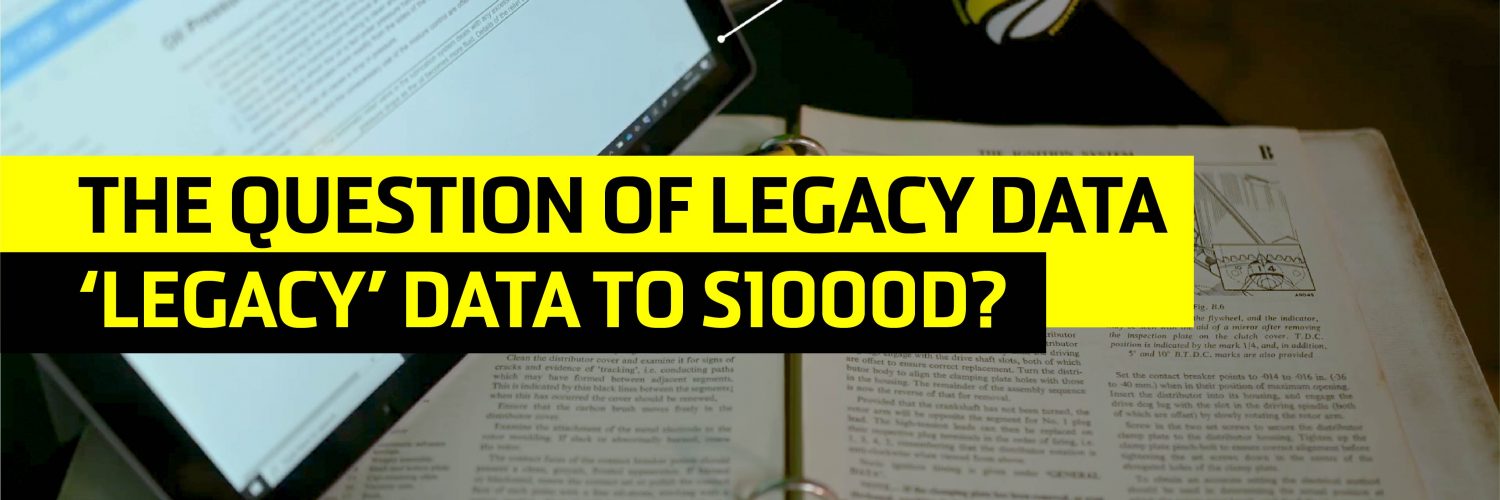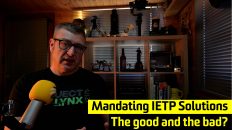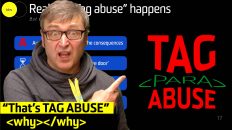Legacy conversion to S1000D is one of the most significant discussion points during my training sessions. We will often spend a couple of hours talking about converting ‘legacy’ content and legacy formats to an S1000D methodology.
I dislike the term ‘legacy data’ for me this conjures too many images of ‘no longer needed’ or ‘irrelevant’. We are talking about formats, file formats or source formats. Now, this is what we are discussing mainly. If you genuinely have legacy data, then shove it in an archive and recall if and when it is needed.
Now I have got that off my chest, and I am sure I will get many messages agreeing and disagreeing with me.
Now how do I answer this question? As expected, I like to throw a couple of questions back at the students. For example, ‘why do you think it needs converting?’, ‘what do you think we gain?’, ‘what do you think is involved?’. Of course are all excellent questions to either silence the room or generate decent debate.
We should answer many commercial and Intellectual Property (IP) type questions before heading down a conversion road. I have seen projects convert data that they had no right to convert to discover this fact after an expensive conversion journey has begun.
Once we have ascertained that the data is ours or we have the permission to convert. How long will the product be in service? Another great question, are we talking a few years or many decades of in-service product support? Now, this should and will influence our decision-making process.
After we have answered all of the high-level questions, we must answer a raft of technical questions too. What are we planning on doing with illustrations, documentation errors or ommissions, cross-references and so on. Does the technical content lean toward and support S1000D? Can we extract information from the source data to enable our adoption of S1000D? Building our Standard Number System codes, Information Codes we will use, is there any applicability information we need to consider.
One of the larger areas of concern is how the author wrote technical information in the past. A short-cut often used was ‘do the reverse of’ command less commonly used today. In an S1000D project, we would expect a separate and ‘reusable’ instructional piece of content. Does this mean we will create new instructions?
A project must decide if and how it will support traditional writing and production methods in our new S1000D environment from a legacy content perspective.
Watch my video on YouTube released every Sunday at 6 PM UK time. Make sure you subscribe to receive a notification when the video is live.
There are many commercial, technical and practical questions that projects must answer before heading down a conversion path. The project must also have a clear vision of where this data will end up. Is this to be integrated into a more comprehensive S1000D output, like an IETP or simple PDF publish?
Want more from TDW – why not join us as a full member? Make sure you read our last blog too!






